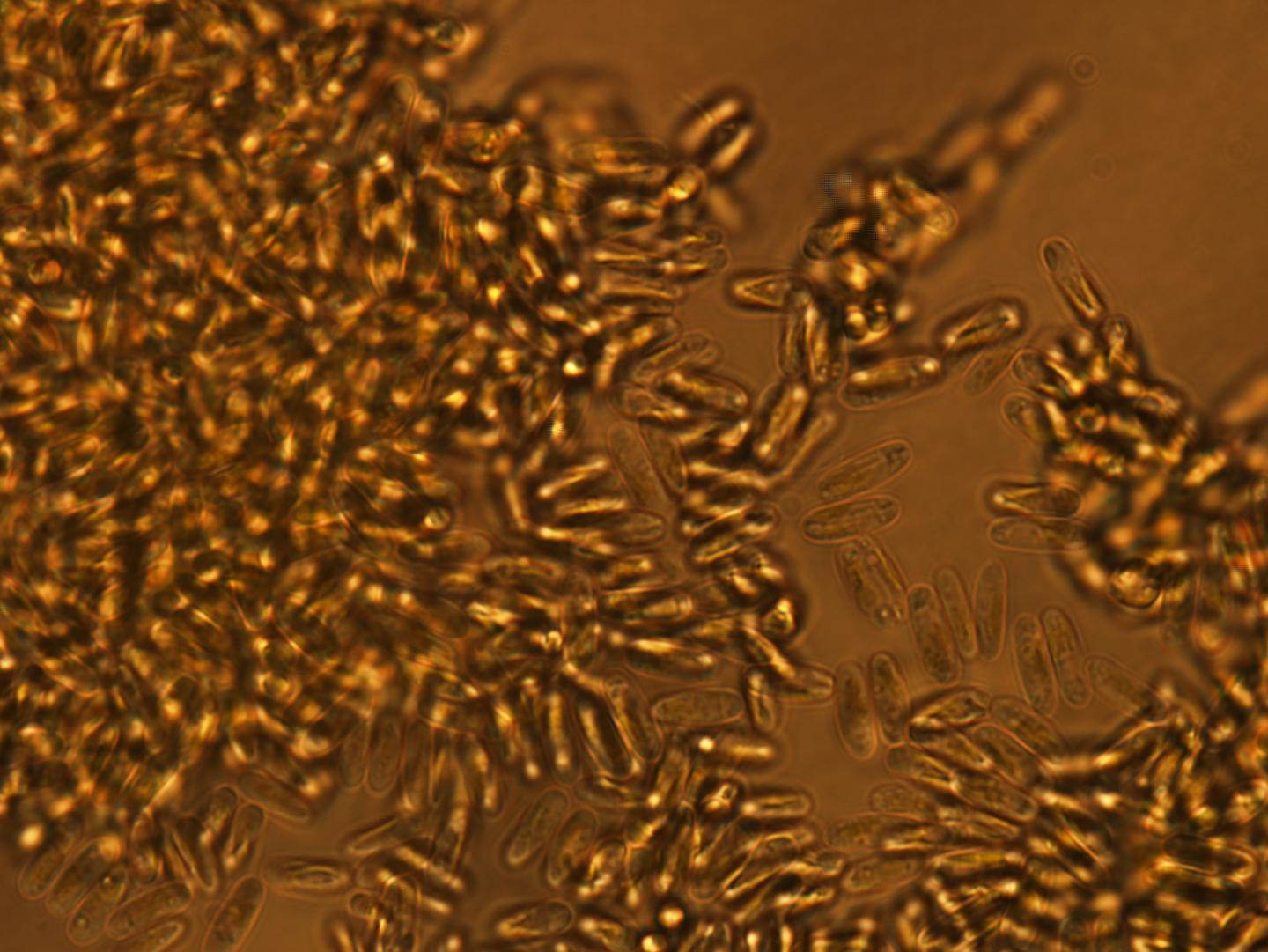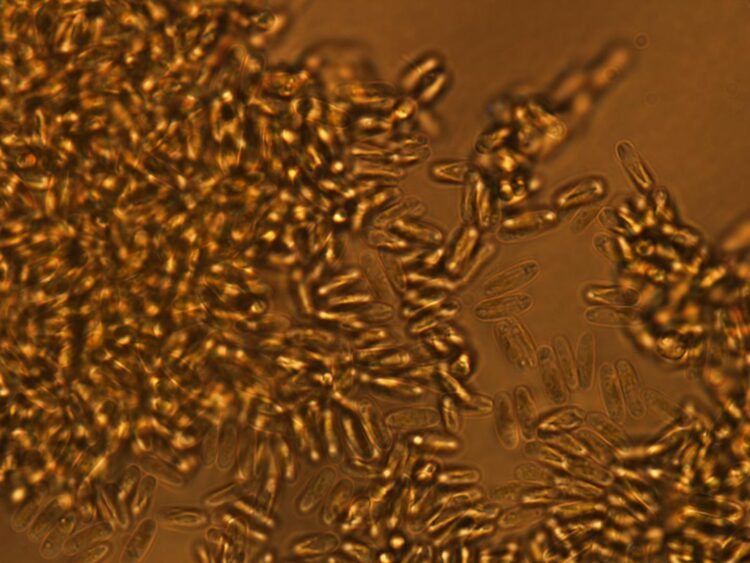This study paves the way for the creation of new environmentally-friendly antifouling methods

Credit: NYUAD
Abu Dhabi, UAE, September 1, 2020: A group of synthetic biologists at NYU Abu Dhabi (NYUAD) have identified new genetic targets that could lead to safe, biologically-based approaches to combat marine biofouling – the process of sea-based microorganisms, plants, or algae binding to underwater surfaces. Biofouling continues to present significant challenges for aquaculture and sea-based commercial activities, with one of the most common examples being found on the bottom of cargo ships, where the presence of attached marine organisms can change the hydrodynamics of ships, causing damage, and increasing fuel consumption.
In addition to its financial and operational impacts, biofouling has ecological consequences as it can introduce invasive species to new environments when the ships change locations. The current method for preventing biofouling is a chemical-based substance that is toxic to marine ecosystems.
A new study, led by NYUAD Research Scientist Weiqi Fu and Associate Professor of Biology Kourosh Salehi-Ashtiani, has identified 61 key signaling genes, some encoding protein receptors, that are turned on during surface colonization of a dominant group of phytoplankton (microscopic marine algae). The NYUAD researchers show that by increasing the level of the discovered genes and protein receptors, the biofouling activities of these marine-based planktonic cells can be manipulated. This study paves the way for the creation of new environmentally-friendly antifouling methods.
In the paper, titled GPCR Genes as Activators of Surface Colonization Pathways in a Model Marine Diatom, published in the interdisciplinary journal iScience, Salehi-Ashtiani and his team studied the process of morphology shifts of Phaeodactylum tricornutum, a model species of Diatoms. Diatoms are one of the most diverse and ecologically important groups of phytoplankton and are also recognized to be a leading contributor to biofouling globally. During the process of biofouling, the phytoplankton changes into an oval or round shape to aggregate as a biofilm on an underwater surface. This study presents the underlying molecular wiring that allows the cells of P. tricornutum to morph and induce biofouling.
“As marine biofouling on immersed artificial structures such as ship hulls, aquaculture cage facilities, and seawater handling pipes has had serious economic implications, there is a great need to discover a safe antifouling method,” said Salehi-Ashtiani. “The receptors and signaling pathways described in this study pave the way for the targeted development of new antifouling techniques that are less harmful to global marine ecosystems,” adds Fu, the lead author of the paper.
At the beginning of the 21st century, the International Maritime Organization banned the use of many widely used antifouling methods that were chemically-based due to their high toxicity towards marine organisms. Since then, there has been a surge in research to discover an environmentally-friendly antifouling technique. As the mechanics of biofouling on both the cellular and molecular levels were previously unknown, the signaling genes and protein receptors identified by this study provide key insight into targets for future ecologically safe antifouling methods.
###
About NYU Abu Dhabi
NYU Abu Dhabi is the first comprehensive liberal arts and science campus in the Middle East to be operated abroad by a major American research university. NYU Abu Dhabi has integrated a highly-selective liberal arts, engineering and science curriculum with a world center for advanced research and scholarship enabling its students to succeed in an increasingly interdependent world and advance cooperation and progress on humanity’s shared challenges. NYU Abu Dhabi’s high-achieving students have come from more than 115 nations and speak over 115 languages. Together, NYU’s campuses in New York, Abu Dhabi, and Shanghai form the backbone of a unique global university, giving faculty and students opportunities to experience varied learning environments and immersion in other cultures at one or more of the numerous study-abroad sites NYU maintains on six continents.
Media Contact
Adam Pockriss
[email protected]





